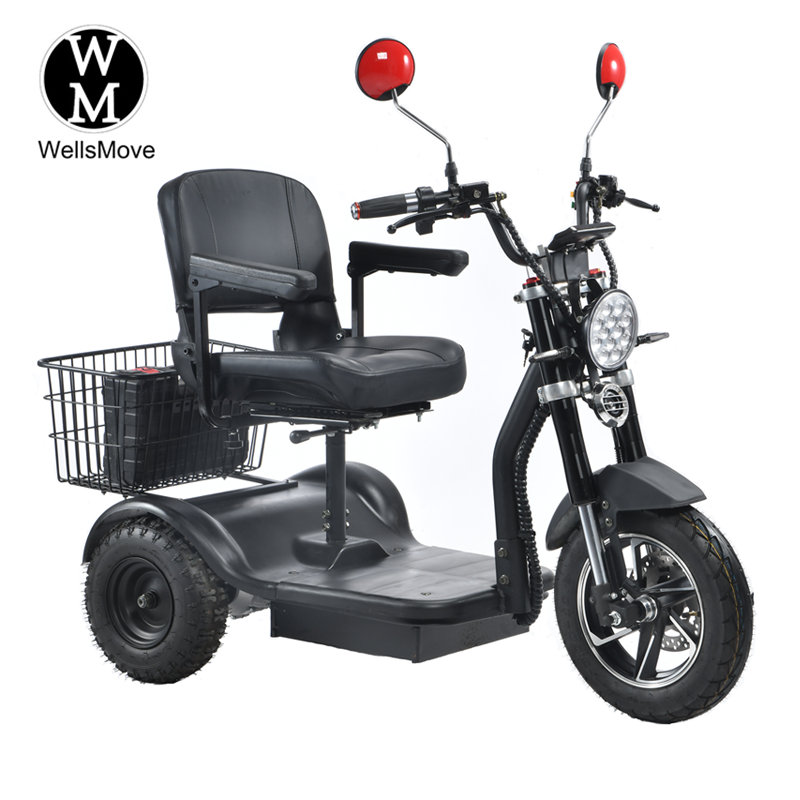Mobility scooters have become a game-changer for people with mobility issues, giving them the freedom and independence to move with ease. However, to ensure your mobility scooter remains reliable and operable, it’s crucial to understand best practices for battery charging. In this blog, we’ll dive into a frequently asked question: How often should you charge your mobility scooter?
Factors affecting battery life:
Before discussing charging frequency, it’s important to understand the factors that affect mobility scooter battery life. Several variables can affect battery performance, including temperature, usage patterns, weight capacity, and battery type. Please remember that this blog provides general guidelines and it is always recommended that you consult your scooter manual for accurate information specific to your model.
Battery technology:
Mobility scooters typically use lead-acid or lithium-ion batteries. Lead-acid batteries are cheaper upfront, while lithium-ion batteries tend to be lighter, last longer, and perform better. Depending on the battery type, charging recommendations will vary slightly.
Lead-acid battery charging frequency:
For lead-acid batteries, charging frequency depends on usage. If your daily life involves frequent riding and long distance riding, it is recommended to charge the battery every day. Regular charging helps maintain optimal charge levels and extends battery life.
However, if you use your mobility scooter occasionally or for short distances, charging it at least once a week should be enough. It’s worth noting that letting the battery drain completely before charging may negatively impact the battery’s lifespan. Therefore, it is best to avoid leaving the battery in a discharged state for an extended period of time.
Lithium-ion battery charging frequency:
Lithium-ion batteries are more forgiving in terms of charging frequency. Unlike lead-acid batteries, lithium-ion batteries do not require daily charging. These batteries come with a modern charging system that avoids overcharging and maximizes battery life.
For lithium-ion batteries, charging once or twice a week is usually enough, even with regular daily use. However, even when not in use, lithium-ion batteries must be charged at least every few weeks to prevent them from being completely discharged.
Additional tips:
In addition to charging frequency, here are some other tips to help you maintain your mobility scooter’s battery health:
1. Avoid charging the battery immediately after riding as the battery may be very hot. Wait for it to cool down before starting the charging process.
2. Use the charger that comes with your mobility scooter, as other chargers may not provide the correct voltage or charging profile, potentially damaging the battery.
3. Store the mobility scooter and its battery in a cool, dry place. Extreme temperatures can affect battery performance and lifespan.
4. If you plan to store your mobility scooter for a long time, make sure the battery is fully charged before storage. Partially charged batteries may self-discharge over time, causing irreversible damage.
Maintaining your scooter’s battery is essential for uninterrupted use and extending its lifespan. While charging frequency depends on a variety of factors, a general rule of thumb is to charge a lead-acid battery once a day if you use it regularly, and at least once a week if you use it occasionally. For lithium-ion batteries, charging once or twice a week is usually enough. Be sure to refer to your scooter manual for specific charging guidelines, as following the manufacturer’s recommendations is critical for optimal battery performance. By adhering to these guidelines, you can maximize the reliability and longevity of your mobility scooter, ensuring it remains a valuable asset in your daily life.
Post time: Sep-22-2023



